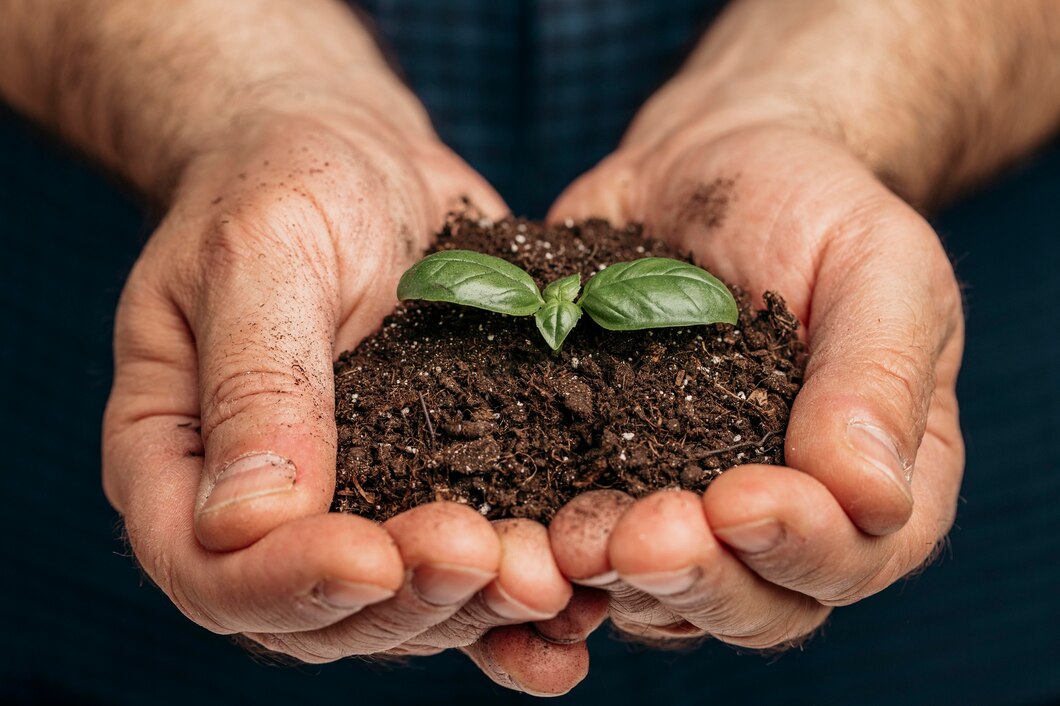In the face of growing global challenges such as climate change, population growth, and environmental degradation, it has become imperative to find sustainable approaches to food production. The need for feeding a growing population must be balanced with the conservation of biodiversity to ensure the long-term health and resilience of our ecosystems. In this blog post, we will explore the importance of promoting sustainable food production as a means to conserve biodiversity and discuss key strategies that can be implemented to achieve this goal.
The Link Between Sustainable Food Production and Biodiversity Conservation:
Biodiversity is the foundation of life on Earth, providing essential ecosystem services such as soil fertility, pollination, and pest control. However, unsustainable agricultural practices, such as intensive monoculture, excessive use of agrochemicals, and land degradation, have led to the loss of biodiversity and ecological imbalance. Sustainable food production, on the other hand, focuses on utilizing methods that minimize negative impacts on the environment, preserve natural resources, and support ecosystem health. By adopting sustainable practices, we can safeguard biodiversity while meeting our food needs.
Key Strategies to Promote Sustainable Food Production and Biodiversity Conservation:
1. Agroecology:
Agroecology emphasizes the integration of ecological principles into agricultural systems. This approach promotes biodiversity-friendly farming practices such as crop rotation, agroforestry, and integrated pest management. By diversifying crops and creating habitat for beneficial organisms, agroecology fosters natural pest control, reduces the use of pesticides, and enhances soil fertility, while preserving biodiversity.
2. Conservation Agriculture:
Conservation agriculture seeks to minimize soil disturbance, reduce erosion, and enhance soil health. It involves practices like minimum tillage, cover cropping, and crop residue management. By maintaining a protective cover on the soil, conservation agriculture improves water infiltration, reduces soil erosion, and promotes soil biodiversity. This leads to increased soil fertility, nutrient cycling, and overall ecosystem resilience.
3. Sustainable Livestock Production:
Livestock production accounts for a significant portion of greenhouse gas emissions and impacts habitats through deforestation for feed production. Promoting sustainable livestock production can help mitigate these environmental concerns. Encouraged practices like rotational grazing, organic feed production, and responsible waste management can reduce the environmental footprint of livestock farming and protect biodiversity in natural habitats.
4. Support for Small-scale Farmers:
Small-scale farmers play a crucial role in maintaining biodiversity through their diverse crop and livestock production systems. Supporting these farmers through capacity building, access to resources, and fair market opportunities can help preserve traditional agricultural knowledge, promote diverse farming practices, and conserve agricultural biodiversity.
5. Protecting Natural Habitats:
Conserving natural habitats, such as forests, wetlands, and grasslands, is essential for biodiversity preservation. These habitats act as reservoirs of species diversity and provide valuable ecosystem services. Implementing policies that protect and restore these habitats, while encouraging sustainable land use practices, can contribute to the conservation of biodiversity and ensure the long-term sustainability of food production.
6. Consumer Awareness and Education:
Creating awareness among consumers about the environmental impacts of their food choices can drive demand for sustainably produced food. Educating individuals about the importance of biodiversity, labels indicating sustainable practices, and supporting local and organic food options can encourage consumers to make informed decisions that support biodiversity conservation.
Promoting sustainable food production is not only vital for ensuring food security but also plays a critical role in biodiversity conservation. By adopting agroecological approaches, implementing conservation agriculture, supporting small-scale farmers, protecting natural habitats, and educating consumers, we can establish a more sustainable and biodiverse food system. Let us embrace these strategies and work together to create a harmonious relationship between food production and the preservation of our precious biodiversity.



